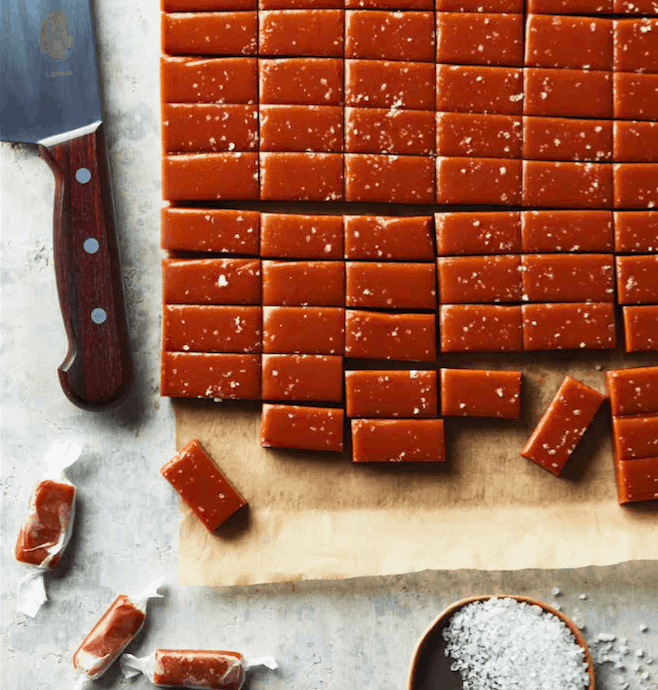A full exploration of German wines rewards an inquisitive palate.
IT’S NO SECRET THAT PEOPLE IN THE WINE TRADE HAVE A DISPROPORTIONATE LOVE FOR RIESLING AND GERMAN RIESLING IN PARTICULAR. It’s the grape that sommeliers venerate, bathe in, bring to parties. At a master sommelier conference some years ago, the opening, bring- a-special-bottle night saw over half the room filled with prized old German Rieslings. It was a splendid tasting.
But that love is not mirrored in the drinking populace at large. Despite countless predictions that “Riesling’s time is nigh,” the grape has never managed to rub shoulders with A-listers Chardonnay and Sauvignon Blanc. Even soggy, feeble Pinot Grigio gets more love. Lingering perceptions that all Riesling is off-dry or sweet hang on like a bad hangover, tarnishing the image of the world’s most noble grape like an unsubstantiated royal scandal. (And, by the way, what’s wrong with a pinch of sweetness? Spoiler alert: The most popular cheap red wines you buy today have a measure of sugar in them.)
Another widely shared mistaken perception is that Riesling represents the entirety of German wine. But there is life beyond Riesling.
Start exploring alternative Germany in the southernmost region of Baden, and the volcanic landform known as the Kaiserstühl. In the country’s warmest region, Burgundian varieties thrive in rocky, volcanic and silty, wind-blown soils — Pinot Noir, aka Spätburgunder, Pinot Blanc (Weissburgunder) and Pinot Gris (Graüburgunder).
Cistercian monks introduced the Pinot Noir grape to Germany in the 13th century, and now the country is the world’s third-largest producer of Pinot Noir wines. Early plantings from the days before relentless sun and summer heat were often thin and weedy, but climate change has favoured German Pinot, now producing exhilarating versions, perfumed and silky. Pinot Noir rosé is an equally exciting category gaining momentum.
Pinot Blanc is another personal favourite. Unlike across the Rhine in Alsace, and elsewhere, where it is relegated to second-rate terroirs, in the Kaiserstühl, Pinot Blanc is afforded primacy of place. Understated white flowers, white-fleshed orchard fruit and a whiff of smoke can be utterly beguiling. [Try: Salwey, Dr. Heger, Franz Keller and Königschaffhauser.]
Travelling east from Baden, you’ll find two more speciality red varieties around Stuttgart, in the Württemberg region. Here, Blaufränkisch (aka Lemberger), central Europe’s most important red, finds a unique German expression of cherries and spice, while big-bunched, big-berried Trollinger (aka Schiava in northern Italy) answers the thirsty call of local taverns and hip wine bars worldwide with its
light, fruity-juicy, crunchy profile — the Beaujolais of Deutschland. [Try: Karl Haidle, Dautel, Roterfaden, Andi Knauss.]
In the eastern Franken region, the variety of choice has always been Silvaner (or Sylvaner), another variety historically given short shrift on real-estate
allocations elsewhere. Pure, bone-dry, stony and fresh as a mountain spring, Silvaner is tailor-made for dining alfresco. [Try: Fürst Löwenstein.]
Exceptional Deutchser Sekt (a traditional-method sparkling wine), ancient white Elbling, and plump red Blauer Portugieser are just a few more aces up Germany’s other sleeve. Give them a try. Maybe they’ll even lead you back to Riesling.
— John Szabo MS




